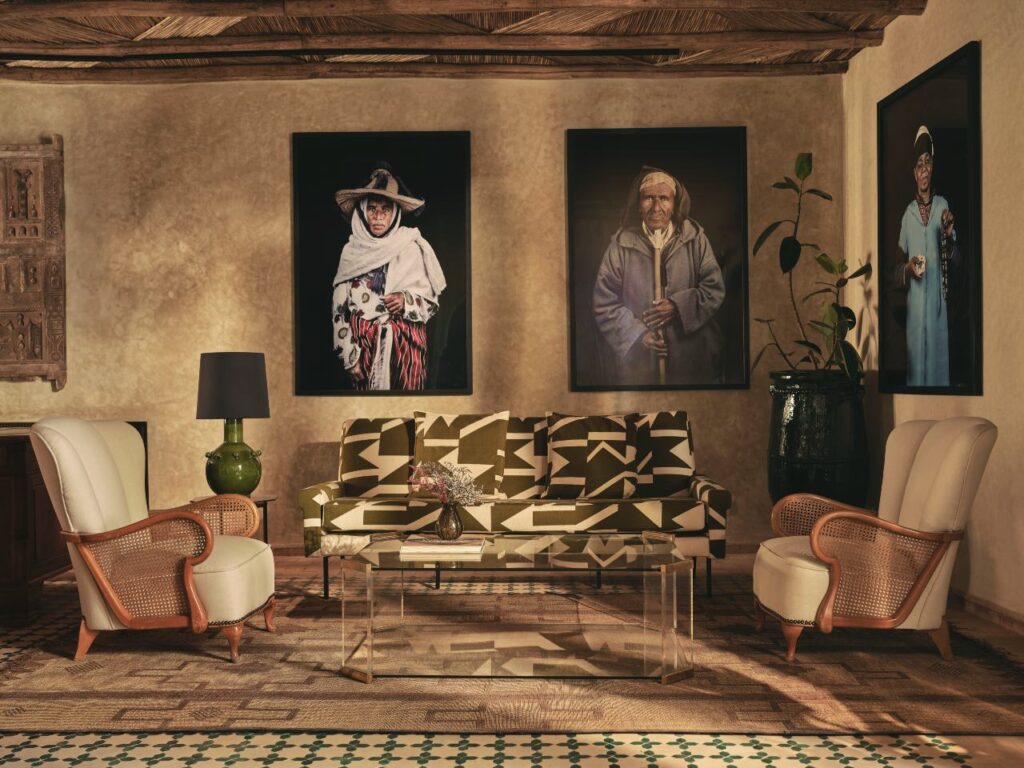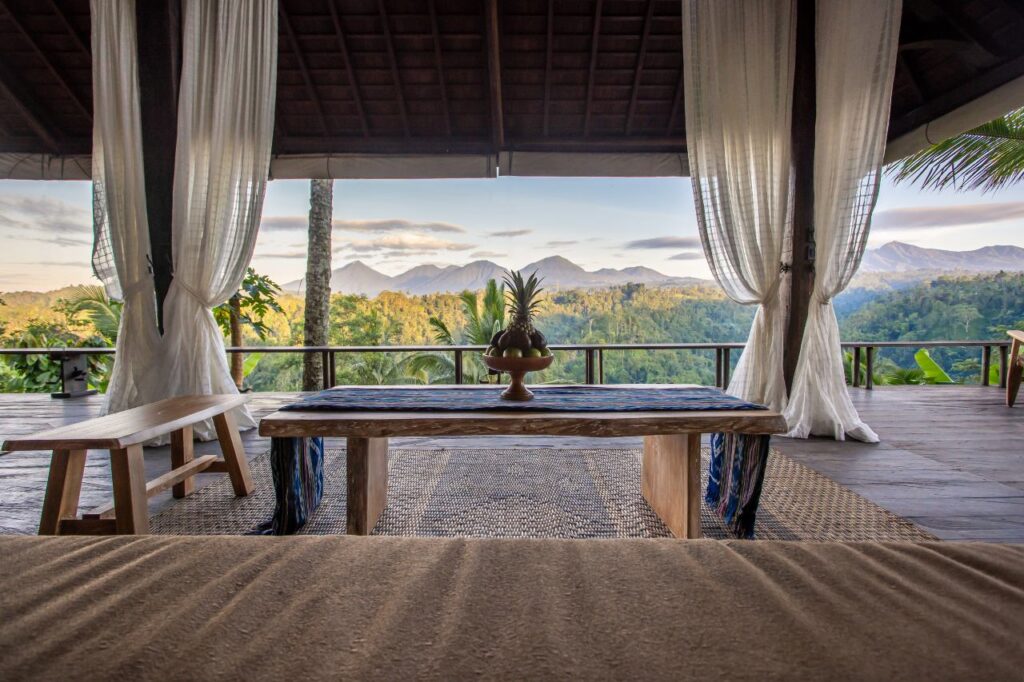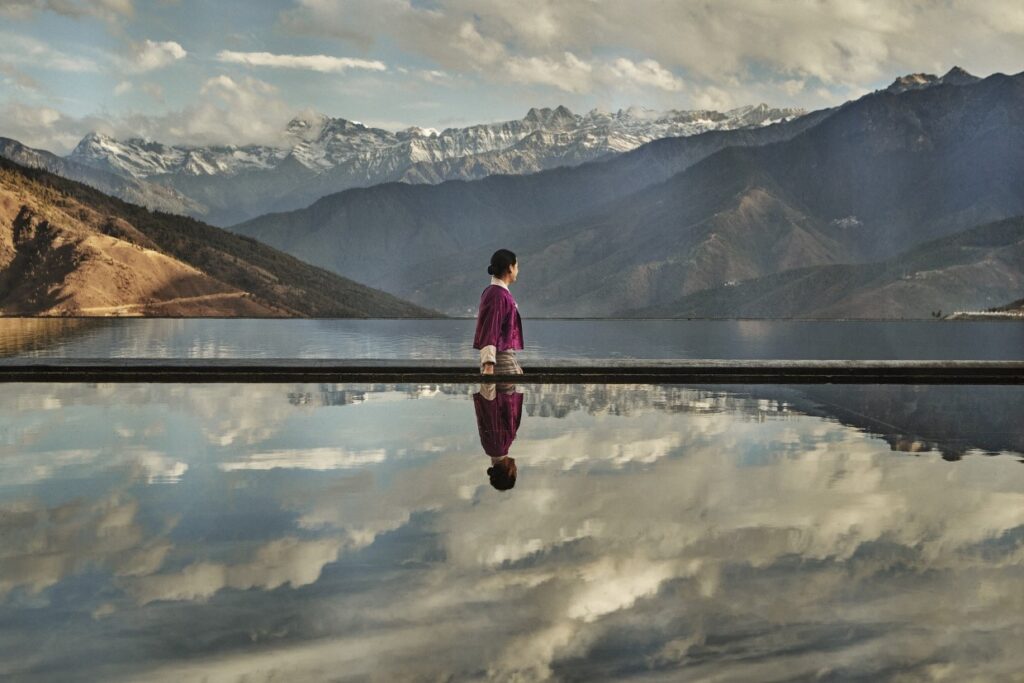It’s BYO pyjamas at this New Zealand chef’s table above the clouds
This remote dining experience combines conservation, fine dining, and spectacular views.
Words by Ute Junker
Photos supplied
It may seem an odd time to be regretting childhood choices. Yet having driven almost five hours from Auckland to Blue Duck Station, home to what may be New Zealand’s most remote fine dining restaurant, I’m suddenly wishing I’d taken riding lessons when I was young.
Blame the station staffer who just mentioned that some diners get to The Chef’s Table at Blue Duck Station via two-day horseback trek, finishing up at the restaurant with rooms atop one of the station’s highest points.
Looking at the glittering green river below us, flanked by lush forest-covered slopes, I can only imagine how exhilarating it would be to explore some of the 2800-hectare station’s landscapes on horseback.
But since I skipped the riding lessons, horses are out. So is the helicopter, the restaurant’s top-of-the-range transfer option. Which means I will be arriving at the exclusive 10-seater the same way most people do: as part of a station safari aboard an all-terrain vehicle.
Fortunately, this turns out to be a memorable experience.
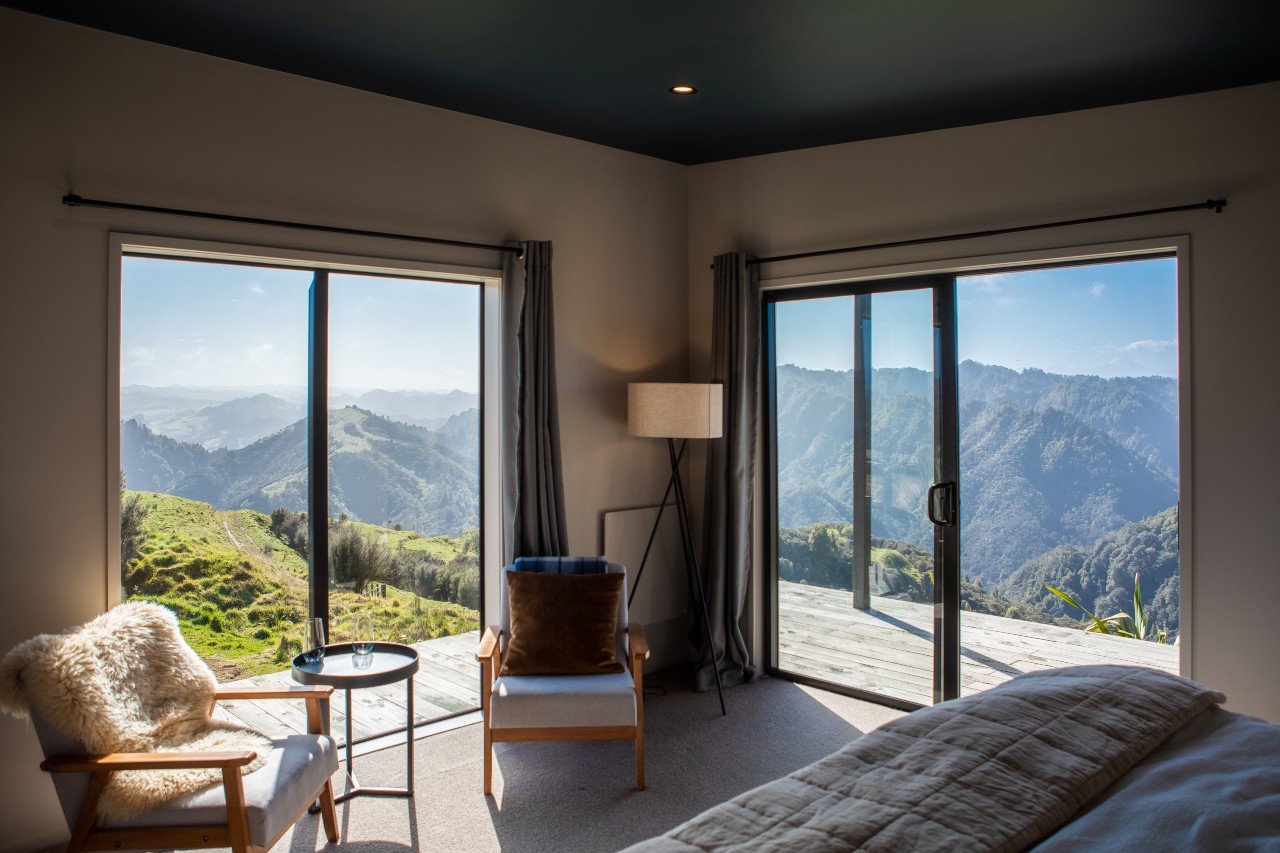
On our two-hour trip up to the restaurant, we learn about the regenerative practices of this Central New Zealand station as well as its flora and fauna, including the endangered indigenous blue duck. My personal highlight is the easy 10-minute kayak through a small but dramatic canyon that feels positively primeval in its untouched beauty.
None of that, however, prepares us for the jaw-dropping moment when we crest a long slope and arrive at the plateau that is home to The Chef’s Table, where our 360-degree view is ringed by a series of soaring mountain tops.
Long before we any food is dished up, it is already clear why The Chef’s table scored the Specialist Restaurant of the Year at New Zealand’s Cuisine Good Food Awards 24/25, alongside a two-hat rating and a score of 18/20.
It is not just the location that is extraordinary, but also the restaurant’s backstory. British chef Jack Cashmore launched his career working with the likes of Michelin-starred chef Sat Bains in his home country before opening his own London restaurant, Anglo. Through it all, he never forgot Blue Duck Station, a place where he’d volunteered for six months during a gap year trip to New Zealand.
“My mind would always drift back to being here,” he says. He returned to New Zealand in 2018 and came up with the idea for a mountaintop restaurant, an idea he laughingly describes as “too crazy to fail”. Cashmore worked with a master builder for two years – sourcing reclaimed wood, including ironbark and native beech, from storm-damaged structures on the station – to create the restaurant, which opened in 2021, and its three cabins.
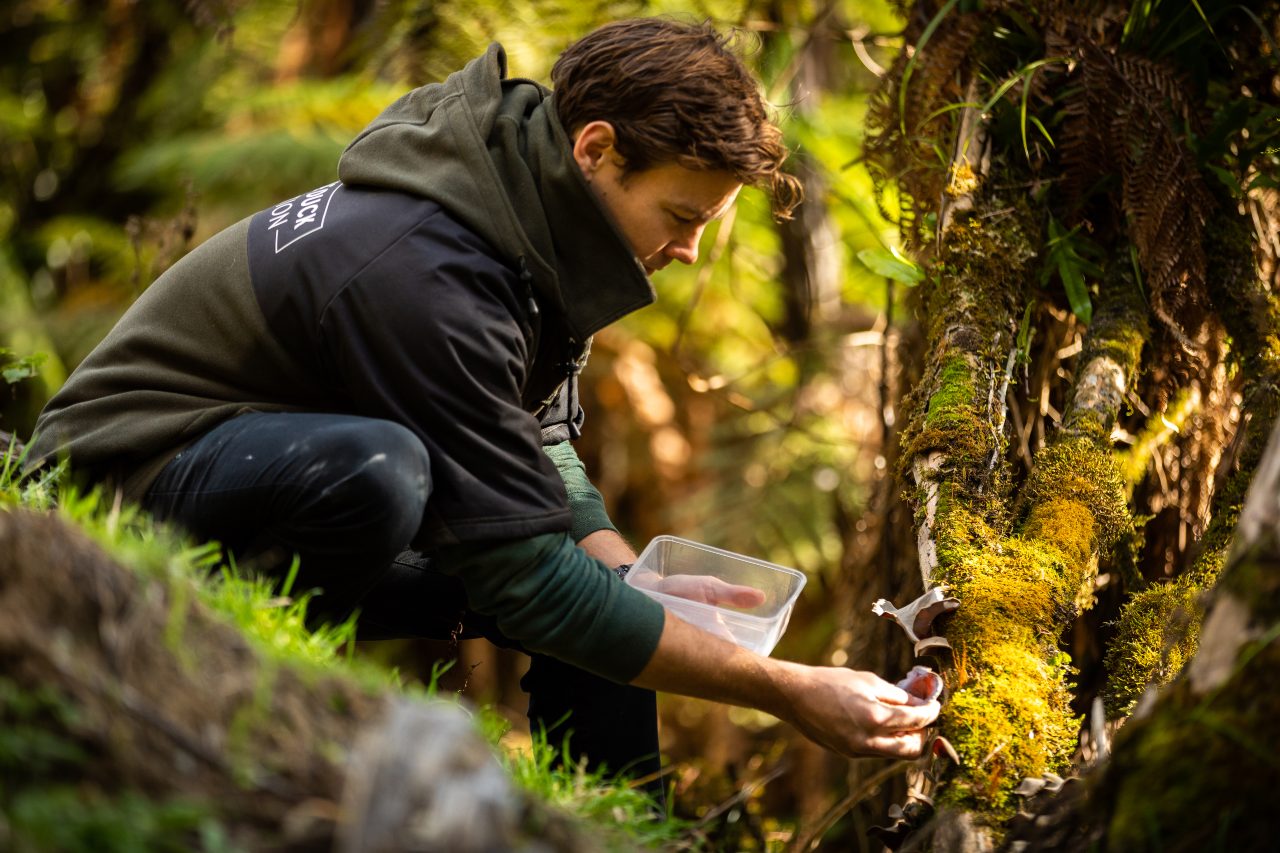
Running an off-grid restaurant requires precise planning. “Every extra person isn’t just an extra mise en place, it is also extra water consumption, extra electricity, an extra seat on the [ATV] bikes. We’ve got only so much room in the [vegetable] garden, so there are only so many heads we can feed,” Cashmore explains over welcome drinks on the terrace.
There are just eight of us dining tonight and on the trip up we have already developed an easy camaraderie. That adds to the intimacy of the compact dining room where Cashmore and his off-sider, Ben McKenzie, work just steps away from the tables while the third member of the team, restaurant manager Clover Sykes, keeps our glasses charged.
Dinner starts promptly at six o’clock. Savouring a refreshing mocktail of damson, orange and soda while I gaze out at the view, I can’t help thinking that the food is going to have to be mighty impressive to drag my attention away.
Fortunately, right from the amuse-bouche – a pair of delicate mushroom crackers filled with layers of fermented and sliced mushrooms – there are plenty of reasons to concentrate on your plate. A baked horseradish custard is topped with green pumpkin and pearls of flavour-packed game jelly, while the duck is dry-aged for three weeks before being pan-roasted with herbs.
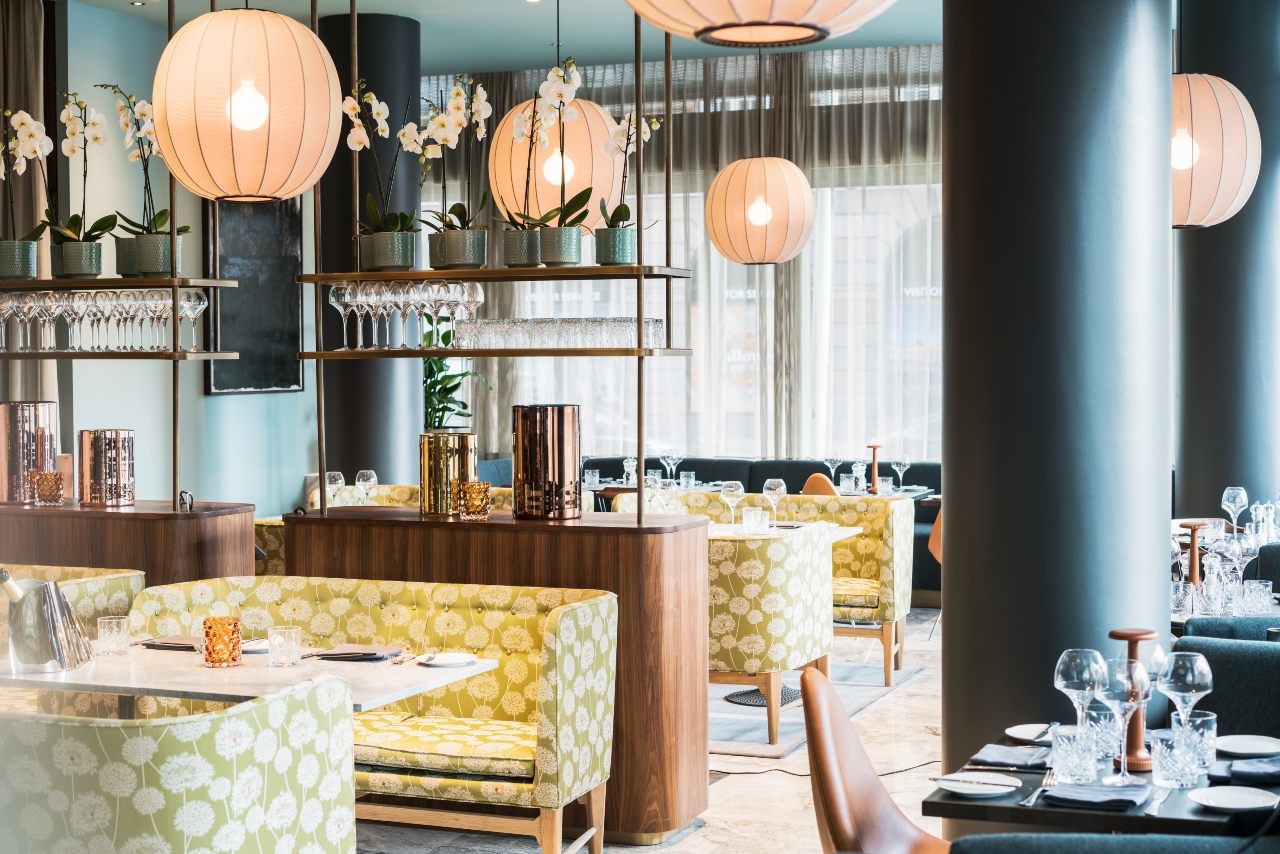
I am particularly taken with a summery tomato dish that teams dehydrated cherry tomatoes with roast tomato broth with fennel, lemon verbena and velvety bone marrow spooned over at the table. When I tell Cashmore I’m surprised how well it all works together, he confesses he is too.
“It worked way better than I expected,” he laughs. “We gave it a try, because the bone marrow here is so good and yet it is so rarely used in New Zealand. We blowtorch it to give it the roasted flavour and it all has to be done very quickly, because the temperature is so important to get the umami right.”
By the time I head to my cosy cabin after dinner, utterly content, there is a chill in the air, and I understand why the restaurant closes for three months each year over winter
But the best is yet to come. Waking in the pre-dawn darkness, I get a front-row seat to an epic panorama as the dawn stains the sky pink and red and gold, throwing the surrounding peaks into sharp relief. As it gets lighter, I see the valleys below are thick with autumnal fog, a sight so compelling I almost forget to finish my morning coffee.
Keep reading
